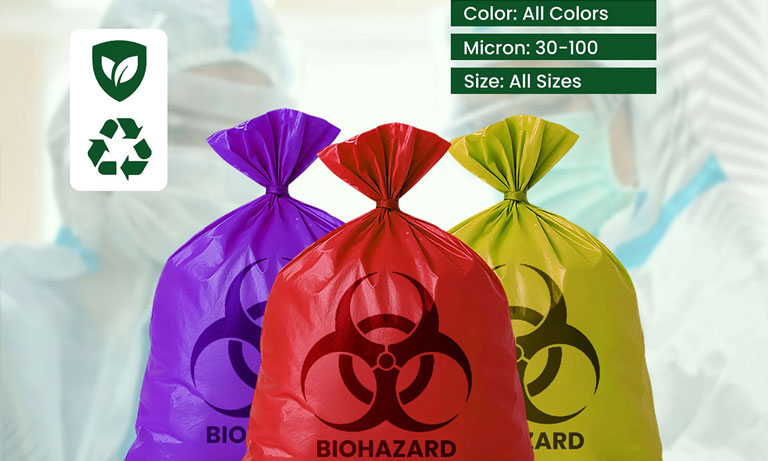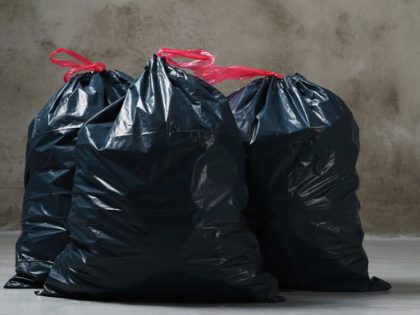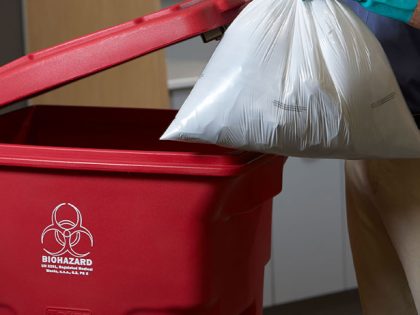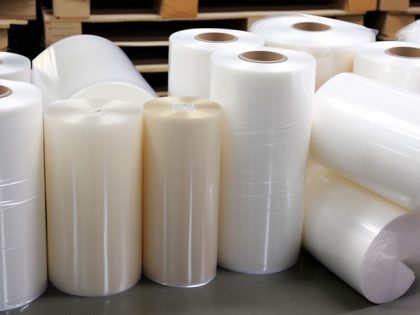- Your cart is empty
- Continue Shopping
Understanding Different Types of Polythene: LDPE, HDPE, and LLDPE Explained
-
4scxi
- Posted on
- 0 comments

Polythene, also known as polyethylene, is one of the most widely used plastics in packaging applications. However, not all polythene is created equal. Understanding the differences between Low-Density Polyethylene (LDPE), High-Density Polyethylene (HDPE), and Linear Low-Density Polyethylene (LLDPE) can help businesses make informed decisions about their packaging needs.
What is LDPE (Low-Density Polyethylene)?
LDPE is characterized by its flexible, lightweight nature and excellent chemical resistance. It has a branched molecular structure that gives it unique properties:
Key Properties:
- High flexibility and impact resistance
- Excellent moisture barrier
- Good chemical resistance
- Transparency ranges from clear to translucent
- Operating temperature range: -50°C to 80°C
Common Applications:
- Shopping bags and carrier bags
- Food packaging films
- Squeeze bottles
- Protective wrapping materials
Understanding HDPE (High-Density Polyethylene)
HDPE features a more linear molecular structure, resulting in a denser, stronger material with different characteristics:
Key Properties:
- Higher strength-to-density ratio
- Excellent chemical resistance
- Good impact resistance at low temperatures
- Naturally translucent with a waxy feel
- Operating temperature range: -40°C to 120°C
Common Applications:
- Milk jugs and detergent bottles
- Grocery bags
- Cutting boards
- Piping and containers
LLDPE (Linear Low-Density Polyethylene) Overview
LLDPE combines the best features of both LDPE and HDPE, offering enhanced performance characteristics:
Key Properties:
- Superior puncture resistance
- Higher tensile strength than LDPE
- Better environmental stress crack resistance
- Excellent flexibility
- Good heat-sealing properties
Common Applications:
- Stretch films
- Agricultural films
- Heavy-duty bags
- Flexible packaging applications
Choosing the Right Material
The selection between these materials depends on several factors:
- Flexibility requirements: LDPE offers the highest flexibility
- Strength needs: HDPE provides the highest strength
- Puncture resistance: LLDPE excels in puncture resistance
- Cost considerations: HDPE is typically the most economical
- Environmental conditions: Consider temperature and chemical exposure
Environmental Impact and Recycling
All three materials are recyclable, with recycling codes:
- LDPE: Recycling code 4
- HDPE: Recycling code 2
- LLDPE: Recycling code 4
Understanding these differences helps in making environmentally conscious choices and ensuring proper recycling practices.



